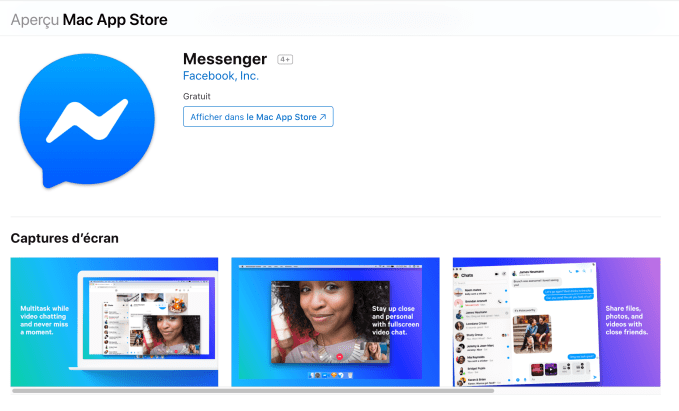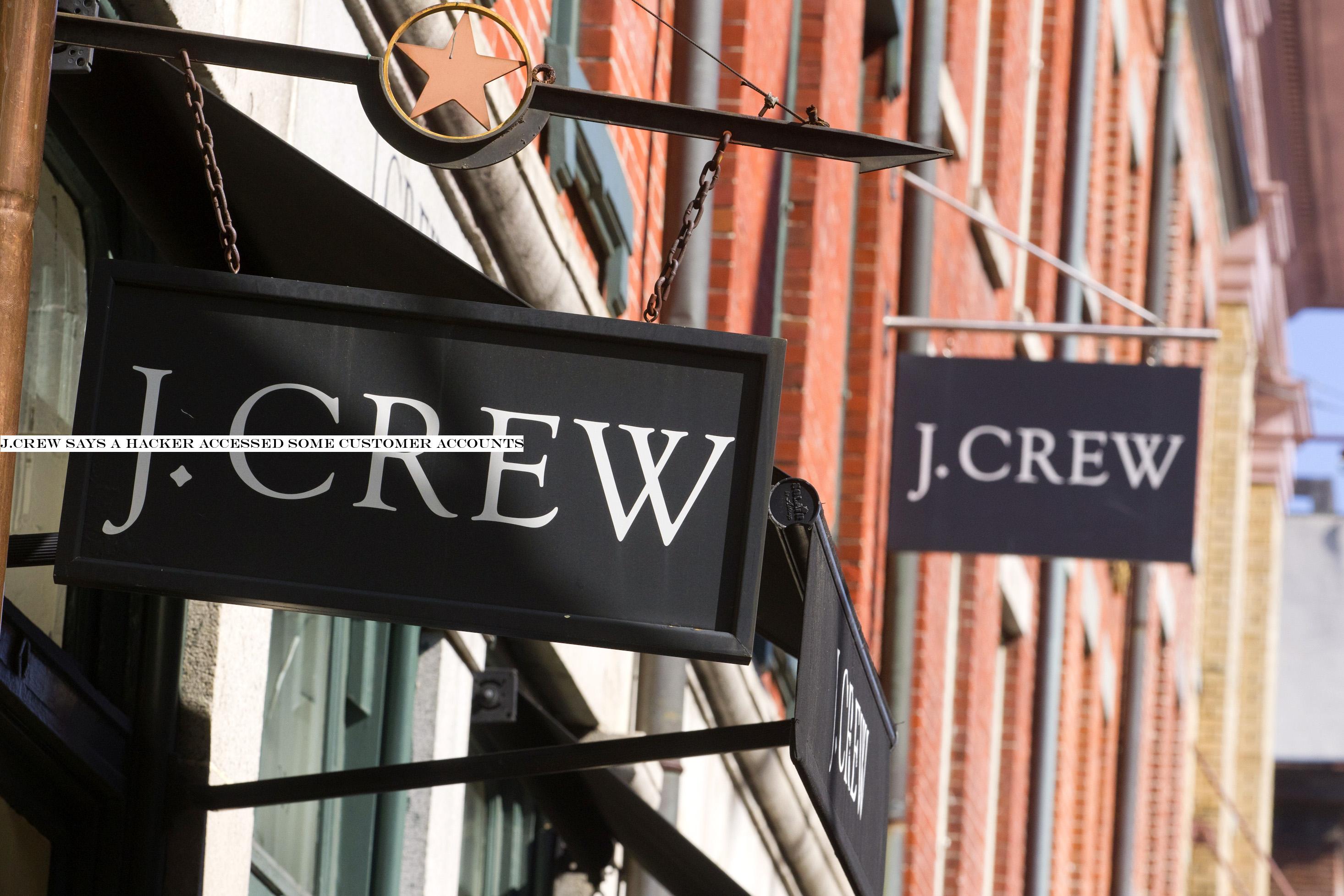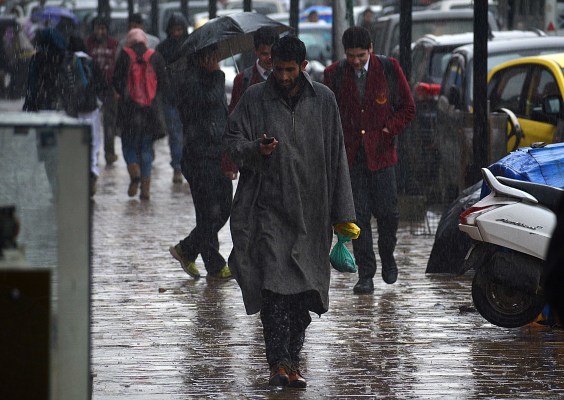Music
Trailers
DailyVideos
India
Pakistan
Afghanistan
Bangladesh
Srilanka
Nepal
Thailand
StockMarket
Business
Technology
Startup
Trending Videos
Coupons
Football
Search
Download App in Playstore
Download App
Best Collections
Technology
Google Cloud today announced its plans to open four new data center regions. These regions will be in Delhi (India), Doha (Qatar),Melbourne(Australia) andToronto(Canada)and bring Google Cloudtotal footprint to 26 regions. The company previously announced that it would open regions in Jakarta, Las Vegas, Salt Lake City, Seoul and Warsaw over the course of the next year. The announcement also comes only a few days after Google opened its Salt Lake City data center.
GCP already had a data center presence in India, Australia and Canada before this announcement, but with these newly announced regions, it now offers two geographically separate regions for in-country disaster recovery, for example.

Google notes that the region in Doha marks the companyfirst strategic collaboration agreement to launch a region in the Middle East with the Qatar Free Zones Authority. One of the launch customers there is Bespin Global, a major managed services provider in Asia.
&We work with some of the largest Korean enterprises, helping to drive their digital transformation initiatives. One of the key requirements that we have is that we need to deliver the same quality of service to all of our customers around the globe,&said John Lee, CEO, Bespin Global.&Google Cloudcontinuous investments in expanding their own infrastructure to areas like the Middle East make it possible for us to meet our customers where they are.&
- Details
- Category: Technology Today
Read more: Google Cloud announces four new regions as it expands its global footprint
Write comment (99 Comments)At Facebook2019 F8 developer conference, the company announced plans to introduce desktop apps for its popular communications app Messenger. Now, less than a year later, the Messenger Mac App is beginning to roll out. Though not yet available in the U.S., Messenger for Mac has popped up in the Mac App Store in several non-U.S. markets.
We asked Facebook to confirm whether this signals a broader rollout that will include the U.S.
A company spokesperson responded that this is not yet a full launch.
&We&re conducting a small test of the Messenger app for macOS in a couple of markets,& the spokesperson said. &We don&t have a date when it will be available as we&re still gathering feedback from our users,& they added.
9to5Mac and iPhone Hacks first spotted the applaunch, referencing a post published to a French tech news site called MacGeneration. However, you can visit the French Mac App Store URL directly to confirm.

We&ve also seen Messenger arrive in a few other international markets, including Mexico, Poland and Australia, for example. (There may be more as well — we haven&t yet clicked through links on every global Mac App Store to confirm them one by one.)
The desktop version of Messenger offers a similar feature set to the mobile client, including support for voice and video chat, in addition to texting. Group chats, calls and video chats are available too. And like the mobile app, users can share files, react with emojis and enable a dark theme to cut down on glare.
The app is built using Electron, not Catalyst. While Electron is a popular way of building apps for the desktop from a web app, but not the most secure by any means.
The apparrival comes only days after Facebook introduced its slimmed down and faster Messenger app for iOS. The new mobile app does away with the Discover section to simplify the appinterface and reorients the Messenger experience around people and Stories, not businesses and apps.
Facebook recently announced it has canceled this yearF8 conference due to the coronavirus outbreak. That could mean we&ll see more news and launches from Facebook that it would have otherwise waited to reveal.
- Details
- Category: Technology Today
Read more: Messenger hits the Mac App Store in several markets
Write comment (99 Comments)
Ford said it will produce and sell an all-electric version of its popular Ford Transit cargo van for the North American market starting with the 2022 model year as part of the automakerbroader bet on electrification.
The all-electric Transit, which will be assembled in the U.S., is part of Fordmore than $11.5 billion investment in electrification through 2022. FordEV plan includes an all-electric Transit for the European market that it announced in April 2019, the Mustang Mach-E SUV and an electric F-150 truck.
Forddecision to include commercial vans in its EV strategy is linked to sales in the U.S. and the companyoutlook on future growth. The companyU.S. truck and van fleet sales have grown 33% since 2015. Ford said it expects continued growth of van sales in the U.S. as e-commerce and &last-mile& delivery increase.
Ford said it expects electric vehicles to grow to 8% of the industry in 2025 in the United States.
&Commercial vehicles are a critical component to our big bet on electrification,& Ford chief operating officer Jim Farley said in a statement. &As leaders in this space, we are accelerating our plans to create solutions that help businesses run better, starting with our all-electric Transit and F-150. This Ford Transit isn&t just about creating an electric drivetrain, itabout designing and developing a digital product that propels fleets forward.&
Ford will focus on tech features like in-vehicle internet and driver assistance.
&The world is heading toward electrified products and fleet customers are asking for them now,& Farley said. &We know their vehicles operate as a connected mobile business and their technology needs are different than retail customers. So Ford is thinking deeply on connectivity relationships that integrate with our in-vehicle high-speed electrical architectures and cloud-based data services to provide these businesses smart vehicles beyond just the electric powertrains.&
These built-in &smart& features could help customers optimize fleet efficiency and reduce waste or improve driver behavior, according to Ford, an indication that fleets will be able to access data collected through Fordtelematics system using an embedded FordPass Connect modem featuring a 4G LTE Wi-Fi hotspot with connectivity for up to 10 devices. Ford said managers can use Forddata tools like live map GPS tracking, geofencing and vehicle diagnostics to see key performance indicators at a glance for vehicle and driver.
- Details
- Category: Technology Today
Read more: Ford is building an all-electric Transit cargo van for the US market
Write comment (98 Comments)With just over one month to go until its official launch date, the short-form, subscription streaming service Quibi has closed on $750 million in new financing, according to a report in the companyprivate PR firm The Wall Street Journal.
The company declined to disclose exactly who invested in the new round (which is always a great sign) and didn&t comment on how the new investment would effect the companyvaluation.
Chief Executive Officer Meg Whitman told the Journal that the new financing was made to ensure that the company would have the financial flexibility and runway to build a long-term business, but itlikely that companies as diverse as Brandless and WeWork said the same thing about their goals when raising capital, as well.
According to the story in the WSJ, the companynew investment contains both existing investors, like the Alibaba Group and Hollywood Studios, along with WndrCo, the investment firm and holding company launched by Quibico-founder and Hollywood mogul Jeffrey Katzenberg.
To date, Quibi has raised $1.75 billion.
While the company touts its original approach to storytelling, and its list of marquee talent developing series for the app, the emphasis on short-form has been tried beforeby other companies (notably TechCrunchown parent company)… and the results were less than promising.
The idea that people need to consume short-form stories instead of … maybe just hitting the pause button… is interesting as an experiment to see what kinds of narratives or reality show-style entertainment needs to live behind a paywall rather than on YouTube or TikTok.
Perhaps Quibi will win with its slate of reality and narrative shows (which, to be honest, look pretty fun). The big names that Katzenberg and co-founder Meg Whitman promised are certainly on offer in the roster that is helpfully synopsized in a recent Entertainment Weekly article about the companyprogramming.
Quibi, unlike some of the streaming services that itgoing to compete with, doesn&t have a back catalog of titles to tap to pad out the service, so itcoming to market with a whopping 175 shows in its first year with 8,500 episodes, which run no longer than 10 minutes.
When it launches, there will be 50 shows on offer from the service. A lot depends on the reception of those shows. While many of the titles seem compelling, there are only a couple that seem to have the appeal to break through to the audience that Quibi hopes it can reach, and that will be willing to shell out money for its subscriptions.
The service is also hoping to differentiate itself by dropping new episodes daily — rather than weekly releases common on network television or the season-long binges that Netflix encourages.
The app itself seems to be fairly undifferentiated from the services available from other streamers. As we wrote when the company launched pre-orders for its app in February:
Much has been made about Quibipotential to reimagine TV by taking advantage of mobile technology in new ways, but the app itself looks much like any other streaming service, save for its last app store screenshot showing off its TurnStyle technology.
The app appears to favor a dark theme common to streaming apps, like Netflix and Prime Video, with just four main navigation buttons at the bottom.
The first is a personalized For You page, where you&re presented a feed where you&ll discover new things Quibi thinks you&ll like.
A Search tab will point you toward trending shows and it will allow you to search by show titles, genre or even mood.
The Following tab helps you keep track of your favorite shows and a Downloads tab keeps track of those you&ve made available for offline viewing.
Otherwise, Quibiinterface is fairly simple. Shows are displayed with big images that you flip through either vertically on your home feed or both horizontally and vertically as you move through the Browse section.
The company does promote its TurnStyle viewing technology in its app store description, though it doesn&t reference the technology by name. Instead, it describes it as a viewing experience that puts you in full control. &No matter how you hold your phone, everything is framed to fit your screen,& it says.
In vertical viewing mode, it also introduces controls that appear on either the left or right side the screen — you choose, based on whether you&re left or right-handed.
Quibi did not formally announce the app was open for pre-order.
The startup, founded by Jeffrey Katzenberg, is backed by more than a billion dollars —including a recently closed $400 million round.
Despite the doubt surrounding its success, Quibi managed to sell out of the initial $150 million in available advertising for the servicefirst year.
Whether itas big of a hit with potential subscribers as with advertisers remains to be seen. The service could still become the Mike Bloomberg campaign of streaming media — a lot of money and no discernible result.
- Details
- Category: Technology Today
Read more: Quibi closes on $750 million as its date with destiny approaches
Write comment (99 Comments)
Clothing giant J.Crew said an unknown number of customers had their online accounts accessed &by an unauthorized party& almost a year ago, but is only now disclosing the incident.
The company said in a filing on Tuesday with the California attorney general that the hacker gained access to the customer accounts in or around April 2019.
According to the letter, the hacker obtained information found in customers& online accounts — including card types, the last four digits of card payment numbers, expiration dates and associated billing addresses. Online accounts also store customer order numbers, shipping confirmation numbers and shipment statuses.
A spokesperson for the company confirmed the hacker used a technique known as credential stuffing, where existing sets of exposed or breached usernames and passwords are matched against different websites to access accounts.
The spokesperson said a &small number& of customers were affected but did not say specifically how many.
Companies operating in the state are mandated to warn the stateattorney generaloffice of security incidents involving more than 500 California residents. The letter to the attorney generaloffice said ita &multi-state& notification, indicating that customers in other states are also affected.
A bigger, unanswered question is why it took J.Crew took almost a year to detect and disclose the incident to regulators and customers.
The spokesperson said &routine web scanning& detected the improper access and that customers were &promptly notified.& Itnot known when the scanning took place or why the account breaches weren&t detected sooner. Under the laws of both California and New York — where J.Crew is headquartered — thereno specific time period under which a company must disclose a breach, only that customers are notified in &the most expedient time possible and without unreasonable delay.&
J.Crew becomes the latest in a string of companies disclosing security incidents as a result of credential stuffing. Amazon-owned doorbell maker Ring, Chipotle, Spotify and game streaming service Twitch have all seen customers complain of account breaches in the past year.
- Details
- Category: Technology Today
Read more: J.Crew states a cyberpunk accessed some customer accounts
Write comment (97 Comments)
For the first time in eight months, people in Kashmir can use WhatsApp, Facebook, Twitter and other social media services without any fear or use of specialized software — though things are not back to normal yet.
India said on Wednesday that it has temporarily lifted the ban on social media services and on the much broader internet, giving some relief to people and tens of thousands of businesses in the Himalayan region for two weeks.
New Delhi imposed a total communications blackout in the India-controlled territory in early August last year after withdrawing the special rights of Jammu and Kashmir. The government said the move was necessary to maintain peace in the region.
The move, which eventually became the biggest internet shutdown and crackdown of social media in any democracy, received wide criticism from human rights activists around the globe, as well as from lawmakers in the U.K. and the U.S.
The region, home to more than 7 million people, faced many challenges without access to the internet. The Kashmir Chamber of Commerce and Industry said that at least 150,000 jobs were lost.
Indiatop court ruled in January that the Narendra Modi -controlled governmentmove to enforce an &indefinite& communications blackout amounted to abuse of power, and sought an explanation.
In the wake of the order, India opened access to about 300 websites, which did not include social media services, and capped mobile data speeds at 2G level. One analysis had found that more than a third of the whitelisted websites were largely inaccessible.
To bypass the censorship, some users began to use VPN apps on their smartphone, an act that local authority quickly deemed &unlawful& and moved to open cases against hundreds of citizens.
On Wednesday evening (local time), several people in Kashmir confirmed that they were able to access WhatsApp and other social media services again — though there remains restriction on their mobile data speed.
According to a notice issued by the regionhome secretary, the restoration of the internet will remain in effect till March 17.
- Details
- Category: Technology Today
Read more: India restores social media access in Kashmir for 2 weeks
Write comment (90 Comments)Page 1298 of 1414

 5
5





